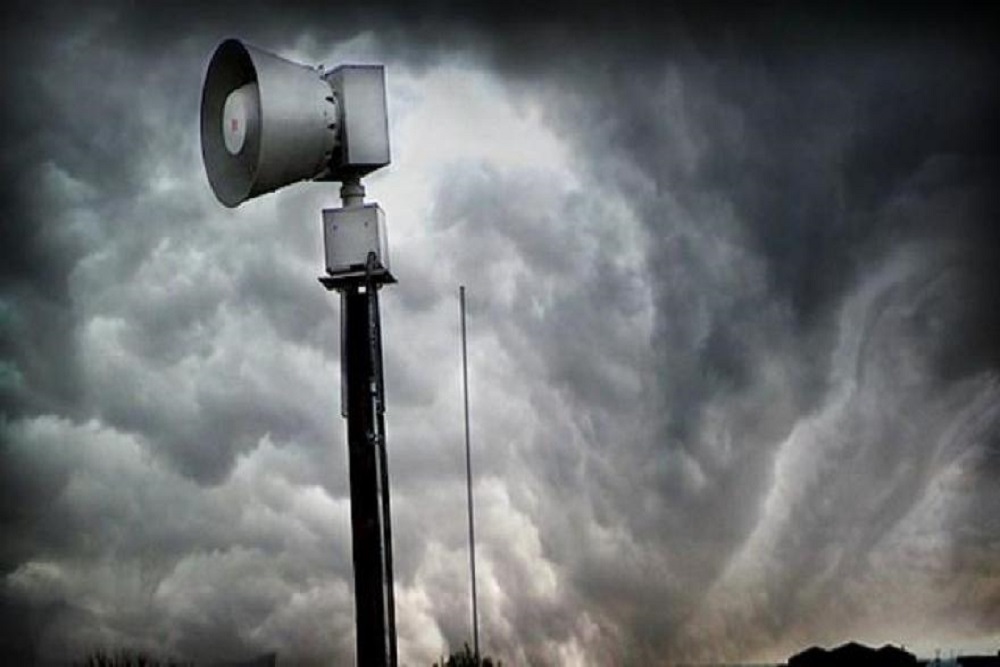Racine County issued the following announcement on April 8.
County Executive Jonathan Delagrave has joined with Governor Tony Evers in declaring April 4-8, 2022, as Tornado and Severe Weather Awareness Week.
According to the National Weather Service (NWS), Wisconsin averages 23 tornadoes annually. In 2021, NWS confirmed 41 tornadoes in the state: the most since 2010.
Racine County will once again be joining in the statewide tornado drills scheduled for Thursday, April 7 with April 8 being a backup date. According to Jay Kerner, Racine County Emergency Management Director, schools, businesses, families, and individuals have two opportunities to test their emergency plans during the April 7 statewide tornado drills.
This year, the statewide tornado drill will not include an EAS Live Code Test issued by the NWS. The NWS will conduct NOAA Weather Radio tests during the 1:45 p.m. and 6:45 p.m. drill times, but these will not sound audible alerts unless you are actively listening to a weather radio. As a result, Outdoor Warning Sirens in Racine County will not be activated for the mock Tornado Drill.
“Racine County is not immune to severe weather,” said Kerner. “Over the past couple of years, Racine County has witnessed a derecho and two squalls. These quick-moving storms have caused flash flooding and severe damage across the county. Take warnings seriously and have a plan in place.”
Racine County Emergency Management recommends that every household and business take the following steps to prepare for tornadoes and severe weather:
1. Get a NOAA Weather Radio. Weather radios broadcast official National Weather Service warnings, watches, forecasts, and other hazard information 24 hours a day, 7 days a week. When watches and warnings are issued, an alarm goes off.
2. Do not rely solely on outdoor warning sirens. Outdoor warning sirens are not designed to be heard indoors and not every community has them.
3. Sign up for email and cell phone text weather alerts. The Weather Channel is just one of many that offer this free service. In addition, there are several apps that you can get that offer weather watches and warnings.
4. Get a kit. When preparing for a possible emergency, it's best to think first about the basics of survival: fresh water, food, clean air, and warmth.
5. Have a plan. Designate shelter areas in the home and workplace. The safest place is generally the basement. If there is no basement, go to the center of an interior room on the lowest level (closet, interior hallway) away from corners, windows, doors, and outside walls. Put as many walls as possible between you and the outside.
6. Practice tornado drills at home and work.
Original source can be found here.



 Alerts Sign-up
Alerts Sign-up